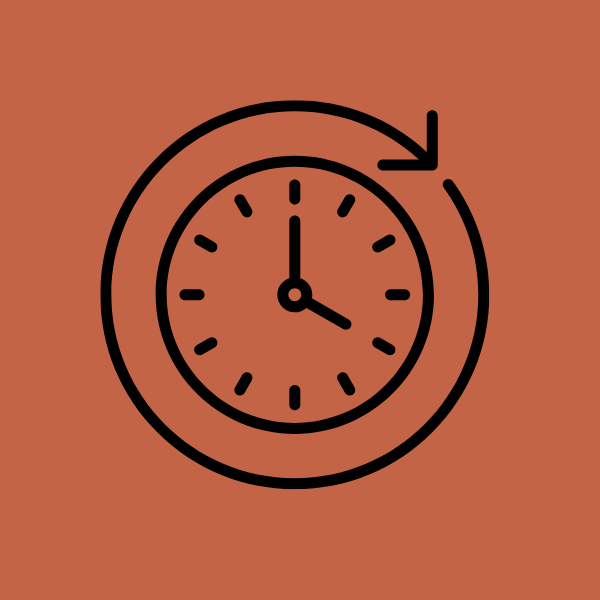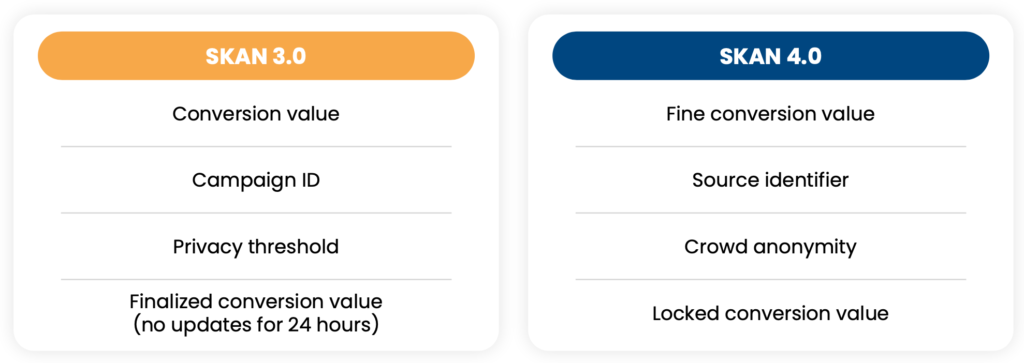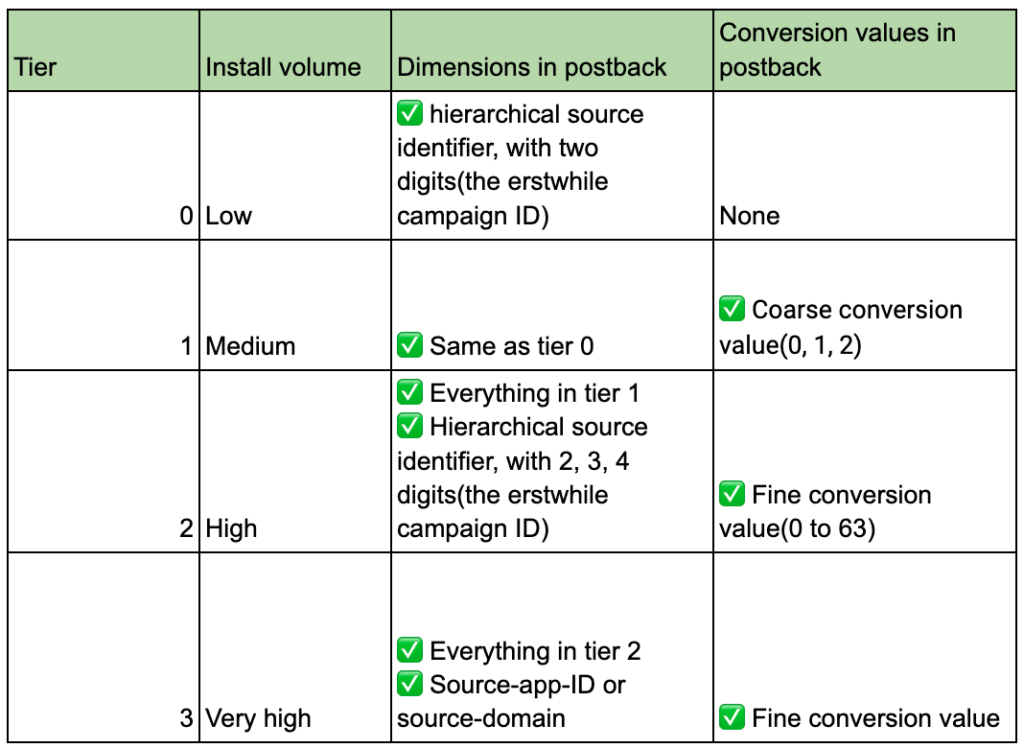
Today’s episode is an extract from our new book The SKAN 4.0 handbook: A practical guide for marketers, which is a deep dive into all things SKAN 4.0. You can check out the book over at rocketshiphq.com/skan4-handbook.
Yes there are a number of things changing in SKAN 4.0 – but it’s important to note that the underlying DNA of SKAN remains unchanged. The best way to contextualize that is by looking at not just what is changed but also what remains unchanged in SKAN 4.0.
Today’s episode outlines 4 things about SKAN 4.0 that haven’t changed significantly from before. If you want a deep dive into all things SKAN 4.0 – including things that have changed, how schema setups change, how reporting changes and much more – go check out rocketshiphq.com/skan4-handbook
***



ABOUT ROCKETSHIP HQ: Website | LinkedIn | Twitter | YouTube
FULL TRANSCRIPT BELOW
Today’s episode is an extract from our new book The SKAN 4.0 handbook: A practical guide for marketers, which is a deep dive into all things SKAN 4.0. You can check out the book over at rocketshiphq.com/skan4-handbook
Yes, there are a number of things changing in SKAN 4.0 – but it’s important to note that the underlying DNA of SKAN remains unchanged. The best way to contextualize that is by looking at not just what is changed but also what remains unchanged in SKAN 4.0.
Today’s episode outlines 4 things about SKAN 4.0 that haven’t changed significantly from before. If you want a deep dive into all things SKAN 4.0 – including things that have changed, how schema setups change, how reporting changes and much more – go check out rocketshiphq.com/skan4-handbook
There are 4 key things that remain fundamentally unchanged in SKAN 4.0 – here they are:

Let’s look at each of these in more detail.
Conversion values do not change from SKAN 3.0 to 4.0:
Conversion values(SKAN 3.0) = Fine conversion values(SKAN 4.0)
That convoluted system of timers and conversion values that took all of us a crazy amount of time to wrap our heads around? Yep, it’s still there. It’s not going anywhere.

This system just changed its name to ‘fine conversion values’ from just ‘conversion values’.
So: if you have a conversion schema set up and running already in SKAN 3.0, you do NOT have to change that. If you did nothing to update your SKAN schemas for SKAN 4.0, you’ll still have your fine conversion values flowing in just as they did in SKAN 3.0.
The mechanism of the firing of the conversion value postback does NOT change.
Finalized conversion values(SKAN 3.0) = Locked conversion values(SKAN 4.0)
SKAN 4.0 has a concept of ‘locking’ a conversion value. While this appears new, it is fundamentally similar to the mechanism employed by SKAN 3.0 and 2.0 for finalizing a conversion value.
Locking a conversion value essentially connotes that the postback will stop getting updated from that point in time onwards.
The moment a conversion value is ‘locked’, a random timer starts to tick – which sends the postback at a random time within the next 24 to 48 hours for the first postback.
This is very similar to the triggering of the highest conversion value postback in SKAN 3.0 and 2.0. In SKAN 3.0 and 2.0, whenever there is a continuous 24 hour window without a conversion value receiving an update, the conversion value is ‘finalized’(or ‘locked,’ in SKAN 4.0 parlance): and a postback is sent within the subsequent 24 hours(or: within 24 + 24 = 48 hours after the firing of the highest conversion value).
Campaign IDs become source identifiers
Campaign IDs(SKAN 3.0) = Source identifiers(SKAN 4.0)
The 100 ‘campaigns’ that we had in SKAN 3.0? They’re still there – with a twist. They are now called source identifiers – and this can range from 2 digits(0 to 99) to 4 digits(0 to 9999).
Your network can use this source identifier to reflect any parameter that you want – source app, geo, creative – and yes: campaign. So SKAN 4.0 makes it so there is much more granularity available now for these dimensions.
In theory, that is.
The catch of course is that these adhere to crowd anonymity thresholds – so if you have a low number of daily installs, or low crowd anonymity, you will have access to only 100 source identifiers, and if you are a large advertiser with a high number of daily installs, you can access 10000 source identifiers.
Privacy thresholds do not change – they are called ‘crowd anonymity’
Privacy thresholds(SKAN 3.0) = Crowd anonymity(SKAN 4.0)
The privacy thresholds that obfuscated conversions randomly and resulted in incomplete, messy data? Yep, still here. They just got a new name – crowd anonymity.
What’s changed since SKAN 3.0 is that there are four tiers of crowd anonymity: 0, 1, 2 and 3. The crowd anonymity impacts *both* the number of dimensions in your postback and the granularity of conversion values in your postback.
Apple might drop one or more of the following fields based on the tier: fine grain conversion value, coarse-grain conversion value, source ID, or source app ID.
Apple has kept the actual criteria opaque, but the tiers of crowd anonymity are definitely a step forward in helping us understand details and specifics.

With this, hopefully you understand all the things that do not change with SKAN 4.0. If you want a deep dive into all things SKAN 4.0 – including things that have changed, how schema setups change, how reporting changes and much more – go check out rocketshiphq.com/skan4-handbook
**
A REQUEST BEFORE YOU GO
I have a very important favor to ask, which as those of you who know me know I don’t do often. If you get any pleasure or inspiration from this episode, could you PLEASE leave a review on your favorite podcasting platform – be it iTunes, Overcast, Spotify, or wherever you get your podcast fix? This podcast is very much a labor of love – and each episode takes many many hours to put together. When you write a review, it will not only be a great deal of encouragement to us, but it will also support getting the word out about the Mobile User Acquisition Show.
Constructive criticism and suggestions for improvement are welcome, whether on podcasting platforms – or by email to shamanth@rocketshiphq.com. We read all reviews & I want to make this podcast better.
Thank you – and I look forward to seeing you with the next episode!


